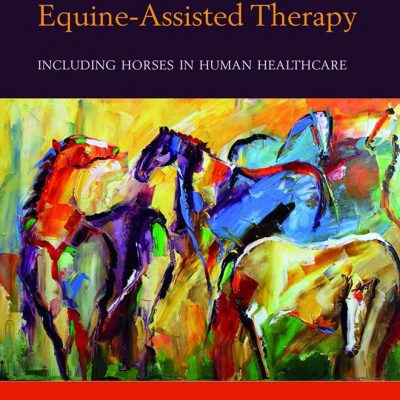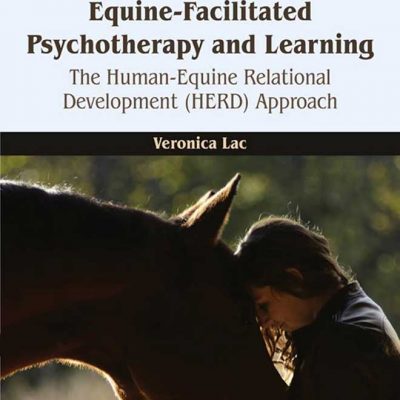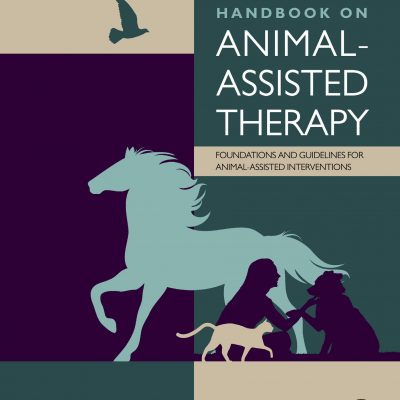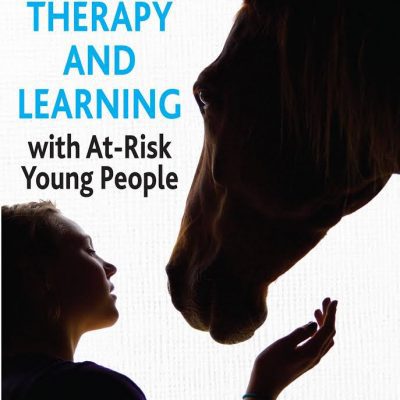
Animal-Assisted Therapy
by Donald Altschiller
January 2011
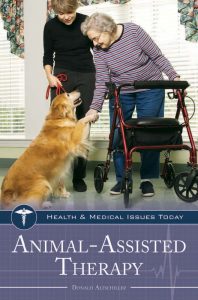
Although the term “pet therapy” was first used in the 1960s, the use of animals in a therapeutic role dates to 1792 when the British Society of Friends used rabbits and other animals to help residents in a mental asylum cope with social and emotional isolation. Today, animal-assisted therapy involves a wide variety of animals, including dogs, cats, monkeys, horses, dolphins, aquarium fish, hamsters, and gerbils.
This comprehensive overview of the many types of animal-assisted therapy provides the perfect reference for students, general readers, pet owners, animal care specialists, psychologists, occupational and physical therapists, and mental health professionals.
The use of animals for therapy is a burgeoning form of treatment for individuals with physical, emotional, or psychological illnesses. Written for students and general readers, Animal-Assisted Therapy offers a historical overview of the practice, detailing its growth and the many ways it is practiced today.
Filled with illustrative examples, such as successful programs where children with reading problems read aloud to canine companions, the book illuminates the expansive nature and effectiveness of this therapy as it is practiced both generally and among special populations, including children, the elderly, autistic individuals, and the incarcerated. The book also provides specific information that will be of interest to pet owners who want to get involved in these programs and includes information on U.S. government requirements allowing guide dogs in public and private facilities.
Features:
- A list of government regulations about the rights of service dogs in public accommodations
- A glossary of major terms, such as animal-assisted therapy, animal-assisted activities, equine therapy, and many others
- The most comprehensive annotated bibliography yet developed on the subject, including books, journal articles, videos, and websites
Highlights:
- Highlights the major types of therapy and types of animals used
- Shows how animal-assisted therapy can benefit specific populations such as the elderly
- Discusses innovative programs such as read-aloud programs where children with reading difficulties learn by reading to a dog



